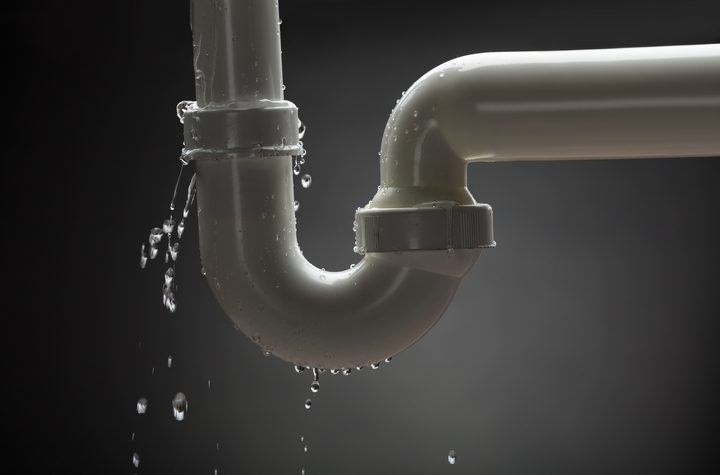Look under your kitchen or bathroom sink. If there’s a pipe leaking, it means there’s an opening somewhere from wear and tear that needs to be repaired. Any homeowner will eventually encounter a leaky pipe. It’s relatively common.
There are a few different methods you can take when tackling a leak, most of which are possible to do without the help of a plumber. You will want to tackle this job sooner rather than later, as water accumulating underneath a sink can rot the floor below and create the ideal conditions for mould to grow.
Let’s learn how to fix a leaky pipe under the sink.
Inspect the leaky pipe under the sink
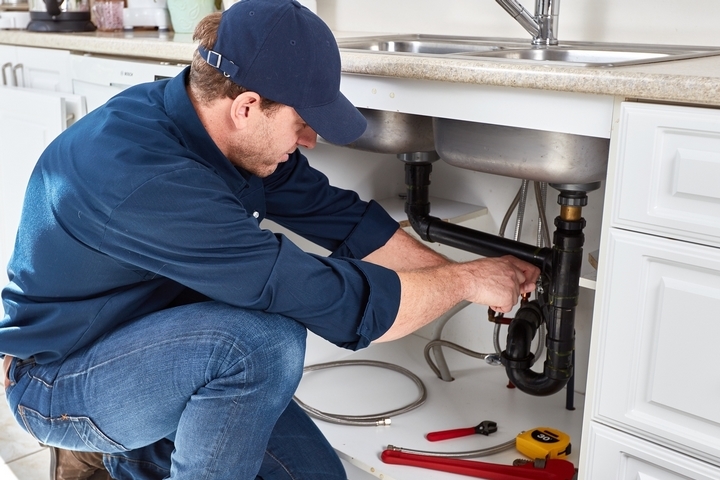
The problem with water under the sink isn’t always related to a leaky pipe. It could be a problem with the drain. A small fracture or gap around your drain can cause problems that resemble a leaky pipe. A reverse osmosis system is worn out, and a leak from the hose or line connected to the faucet can occur. Your faucet connections may leak due to rust, wear-and-tear, a worn-out seal, or any of several issues. If you have any doubt about where a leak is coming from, contact a plumbing professional.
Sometimes, the pipe is broken or cracked. It might not be salvageable. You will need to buy a new pipe. For this sort of work, contacting a Mississauga plumber is best. They can provide insight into what’s going on. There could be shifting plumbing lines, worn-out connections, or pipe corrosion causing a fracture. Especially if you’re getting lots of leaking under the sink, a plumber can permanently resolve whatever the cause is.
Tighten the coupling nut
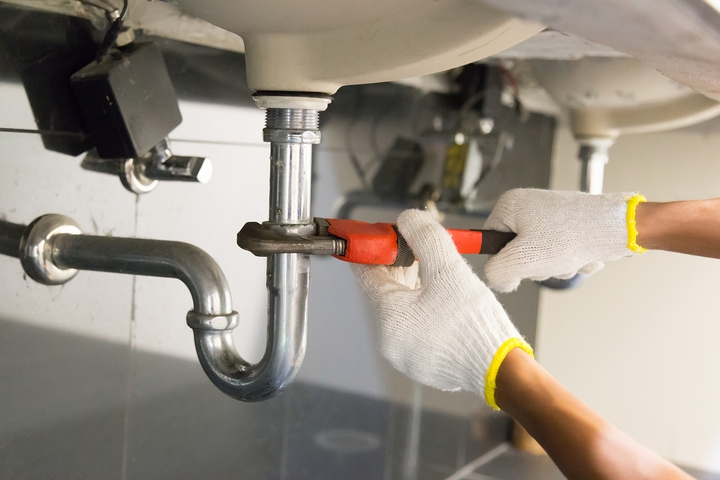
Sometimes, the coupling nut will be where a leak occurs. The coupling nut holds together the drainpipe and the P-trap. You can use a wrench to tighten the nut. This might fix the issue, and you won’t have to do much more.
Try plumber’s tape to fix
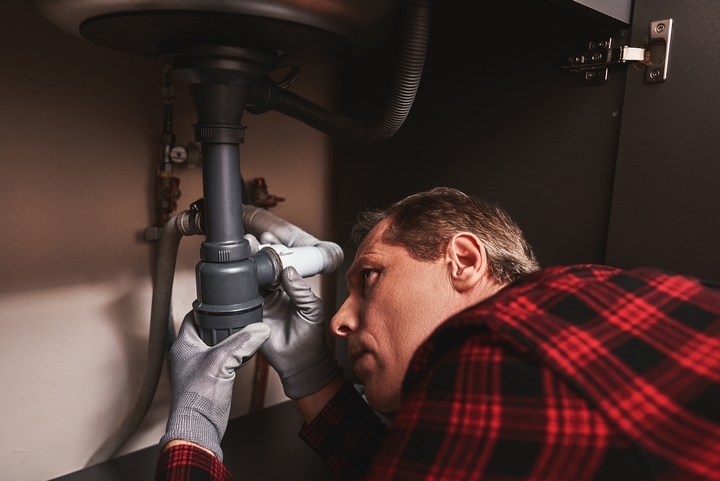
You may have a leak where the pipe joins, and it’s not the coupling nut. This is a sign the seal’s not working correctly. If it’s not watertight, you can leak.
Plumber’s tape is an excellent sealant you can use. Unscrew the coupling nut. Wrap a length of plumber’s tape around the threads. Move everything back into position, reconnect, and tighten the coupling nuts. Give it a try.
Try self-fusing silicone tape
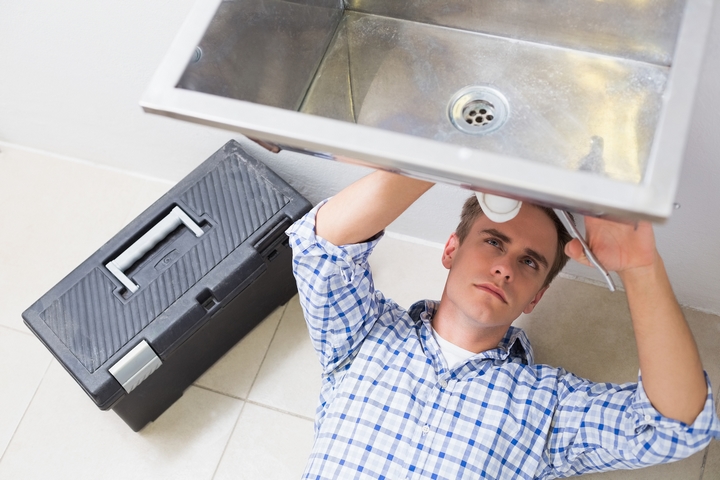
On some low-pressure lines, you can create a waterproof layer using self-fusing silicone tape. Stretch it across the pipe as you wrap and make it as tight as possible, overlapping again and again while covering the area of the leak. For a time, this might be the exact easy leaky pipe fix you need.
Try epoxy putty to fix
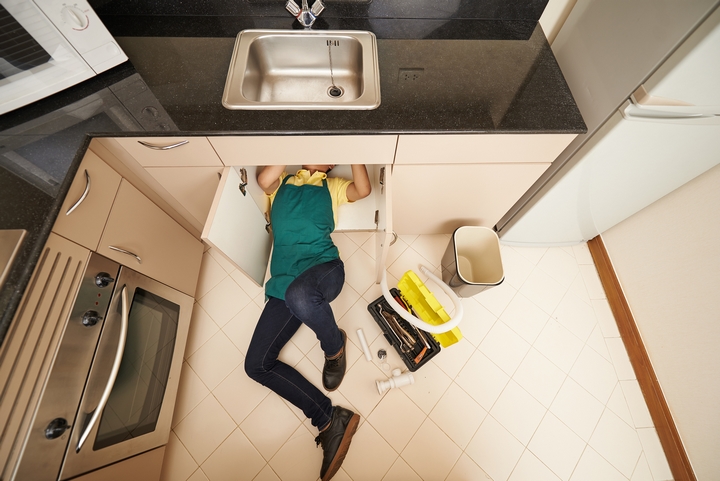
Epoxy pipe putty hardens at room temperature and can seal a hole or crack in a pipe. To use epoxy putty, turn off the water first and drain the damaged line. Take out your epoxy putty, and knead it until it is pliable and ready to be put on. Fully cover the surface where there’s a leak with the putty. After the putty has fully cured, turn on the water flow and check for leaks.
Try a patch and clamp
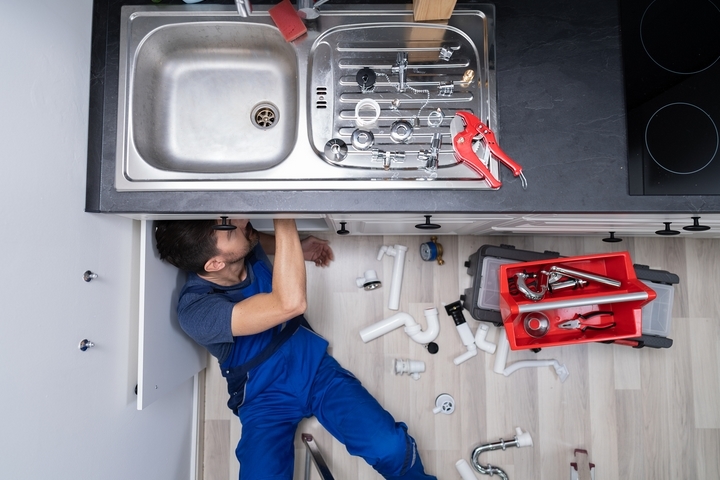
You have another time-tested option – the ol’ patch and clamp. A neoprene rubber patch can be used to wrap around a larger rupture in the pipe. Then, a repair clamp is added to each end and tightened. Please note that this is more of a temporary fix and will require a more permanent repair within a few weeks. In an emergency, this quick thinking will help minimize any possible damage from water leaking from the pipe.
If you see moisture, there’s a leaky pipe

After any of the prior methods of fixing a leaky pipe under the sink, always turn on the water and wait a few minutes. If moisture starts to appear – such as around the epoxy putty edges, around the silicone tape, or where the rubber patch comes in contact with the pipe – that’s a sign your work is not done and that the leak is still going to cause an issue.
Fix up any wetness or damage
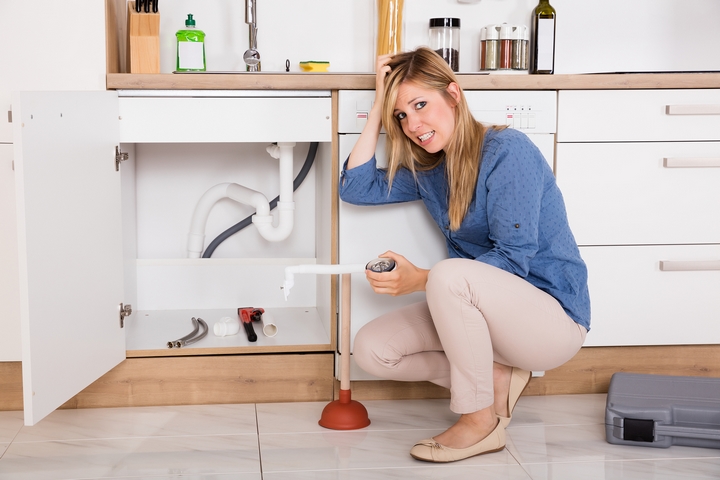
After you’ve fixed your leaky pipe, dry out the cabinet. Soak up any excess water with towels and wipe down the interior cabinet with a disinfectant. You may also want to place a dehumidifier in the cabinet or use a fan to dry the interior. You want to reduce the likelihood of mould forming and spreading. If it’s been leaking for some time and the cabinet floor is soft, it will require a replacement. The faster you fix a leaky pipe under the sink, the minimal the damage.

